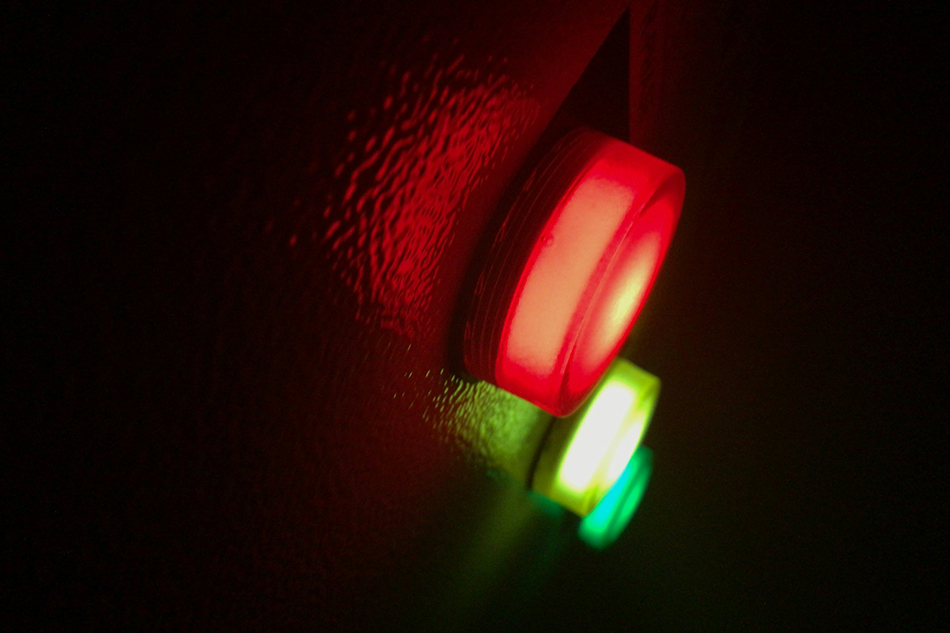Time:2025-05-15
The mini smart neon light has transcended conventional lighting roles, emerging as a critical tool in industrial automation, healthcare innovation, and advanced robotics. These ultra-compact, intelligent systems combine rugged durability with adaptive control, addressing challenges in environments where precision, reliability, and seamless integration are paramount. This article explores their technical advancements, niche applications, and transformative potential in high-stakes industries.
Rugged Design for Demanding Environments
Industrial-Grade Durability:
Mini smart neon lights are encapsulated in chemically resistant silicone, capable of withstanding exposure to oils, solvents, and extreme temperatures (-40°C to 120°C). This makes them ideal for automotive assembly lines, food processing plants, or offshore drilling rigs where traditional lighting fails.
Vibration and Impact Resistance:
Engineered with shock-absorbent materials to endure high-frequency vibrations in CNC machinery, robotics, or aerospace equipment.
IP68-rated variants operate reliably in submerged or dusty conditions, such as underwater robotics or mining operations.
Modular Repairability:
Hot-swappable components allow rapid replacements without downtime, critical for 24/7 manufacturing facilities.
Smart Integration in Industrial Automation
Machine Vision Enhancement:
Provide consistent, shadow-free illumination for AI-powered inspection systems, improving defect detection accuracy in electronics or pharmaceutical production.
Adjust color temperatures to optimize contrast for camera sensors inspecting glossy or reflective surfaces.
Predictive Maintenance:
IoT-enabled lights monitor equipment health by syncing with vibration sensors or thermal cameras. For example, shift to red hues when machinery exceeds temperature thresholds.
Log operational data to predict component wear, reducing unplanned outages.
Human-Robot Collaboration:
Use color-coded signals to guide workers in shared spaces with collaborative robots (cobots), enhancing safety in smart factories.

Healthcare and Biotechnology Applications
Surgical Precision Lighting:
Integrate into endoscopic tools or robotic surgical arms to deliver focused, flicker-free illumination, reducing eye strain during minimally invasive procedures.
Sterilizable designs withstand autoclave cycles, meeting stringent hospital hygiene standards.
Lab Automation:
Illuminate microplate readers or PCR machines with tunable spectra to enhance fluorescence detection in genomic research.
Programmable alerts via color shifts (e.g., blue for completed assays, red for errors) streamline high-throughput workflows.
Patient-Centric Care:
Embed in wearable devices to display real-time health metrics (e.g., glucose levels, heart rate) through discreet, low-glare indicators.
Energy and Operational Efficiency
Industry 4.0 Synergy:
Pair with digital twin systems to simulate and optimize lighting layouts for energy savings in smart warehouses or logistics hubs.
Solar-compatible controllers enable off-grid use in remote installations like wind farms or agricultural sensors.
Regulatory Compliance:
Meet ISO 13849 safety standards for industrial machinery and IEC 60601 requirements for medical devices, ensuring global market accessibility.
Future Innovations in High-Tech Illumination
AI-Driven Adaptive Systems:
Neural networks analyze environmental data (humidity, particulate levels) to auto-adspectra for optimal visibility in dynamic settings like cleanrooms or construction sites.
Self-Powered Neon:
Research piezoelectric variants that harvest energy from machinery vibrations, eliminating wiring in mobile or rotating equipment.
Holographic Integration:
Project AR overlays onto surfaces using neon light matrices, aiding technicians in equipment repairs or assembly guidance.
Conclusion
Mini smart neon lights are redefining illumination as a multifunctional asset in industrial and healthcare ecosystems. Their ability to withstand extreme conditions, enhance automation, and improve human-centric workflows positions them as indispensable tools for Industry 4.0 and beyond.
For cutting-edge solutions that illuminate innovation, explore TTKLED’s Industrial Neon Series, engineered to thrive where precision matters most.